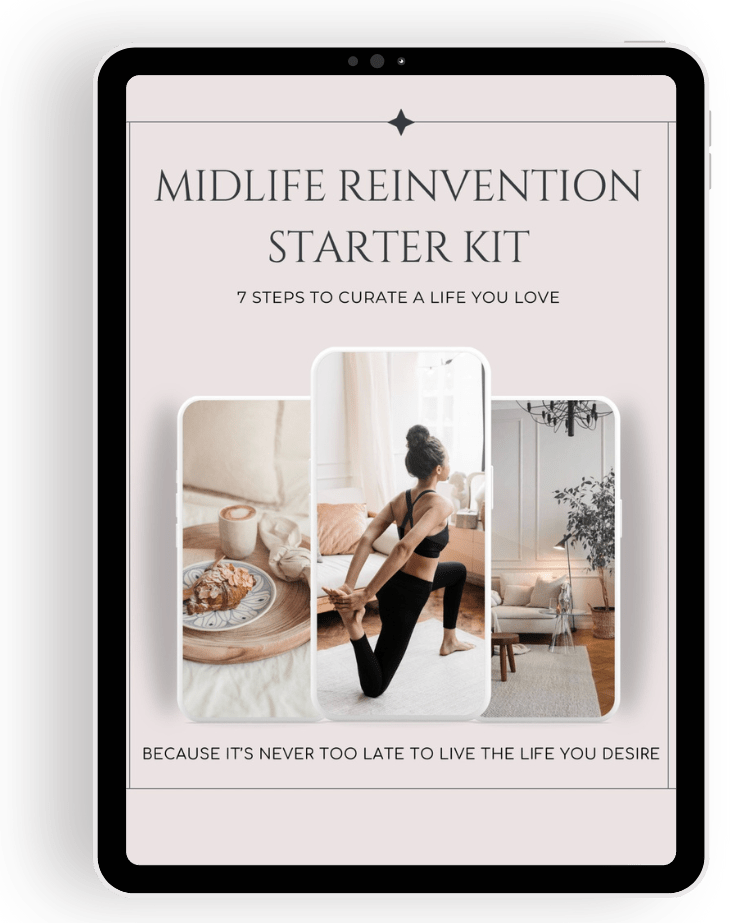1. Write a list of whatever’s on your mind
You can do this digitally, or on paper. Try not to filter yourself or second-guess whether you should add something to the list or not. The goal is to clear out the nooks and crannies of your brain.
2. Dig deeper
To make sure you’re not forgetting anything, here are some things to think about:
- What’s due in the next week or month?
- What appointments are upcoming or need to be made?
- What home tasks do you want or need to do? (e.g. laundry, cleaning, decluttering & organising, grocery shopping, grocery list)
- What work tasks do you want or need to do?
- What miscellaneous tasks do you want or need to do? (e.g. buy thermal lining for the livingroom curtains, create a budget)
If anything new has come to mind, add it to your brain dump list.
3. Eliminate, delegate and postpone
At this point, your list might be incredibly long. To avoid getting overwhelmed, review your list and see if anything can be eliminated, delegated, or postponed.
- Eliminate – get rid of tasks you don’t need to be worried about
- Delegate – ask someone else if they can take it off of your plate
- Postpone – take it off your list for now if it’s not relevant for the foreseeable future
4. Create categories
Your brain dump list might be a little all over the place which is fine. Let’s make it less daunting by organising it.
Next to each item on your list, write down the category it belongs to. These categories are totally up to you depending on your lifestyle, these are my 5 core life areas:
- Health & Overall Well-being
- Personality & Character
- Relationships & Connections
- Career / Business & Finances
- Quality of Life (aka Lifestyle)
5. Create a separate list for each category
In another spot on your paper, create columns labelled with each of the categories you came up with from the previous task. Add the tasks to the corresponding category.
- Book a food sensitivity test
- Try out the ASANA app
- Read a book
- Journal daily
- Call my family
- Book a date with my Baby
- Create a 6-month Vegetarian Meal Plan
- Record a Podcast episode
- Prepare Home for the colder months
6. Prioritise your tasks
Now that you have an organised list of tasks (which hopefully feels less overwhelming), it’s important to figure out when you’re going to do them. The easiest way to do this is to decide when they need to get done:
- Today – it’s due soon or it’s a personal priority
- Upcoming – it needs to get done soon but doesn’t need attention today
- Later – it doesn’t need attention for at least 2 weeks
With your tasks categorised by timeframe, schedule the ones you need to work on later in your planner so you can stop worrying about them. Now you’re free to only think about the tasks that are marked for today.
- Buy groceries
- Listen to the latest episode of ‘The Minimalists‘ Podcast
- Do the laundry
- Book an appointment with the Doctor
- Give Home some TLC
- Sign-up for the pottery class
7. Plan your daily tasks
Now that you have a super organised and categorised overview of the things you need to do, it’s important to take action. Your ‘Today’ list might be pretty long, so you need to decide what to work on first.
The best way to do this is to figure out what your priorities are. Based on that, you can figure out which order to work on your tasks. Knowing your priorities will help you to schedule your day efficiently without wasting time trying to decide what to work on first.

Feel free to sign up to my Friday Morning Love Note HERE! This isn’t just a newsletter - it’s your invitation to pause, reflect, and realign with you. Every week, we’ll journey together to uncover the small, meaningful shifts that will help you design a life that feels uniquely and beautifully yours. Each week, I’ll deliver fresh intentions, uplifting tips, and simple shifts to inspire purposeful, creative living.




